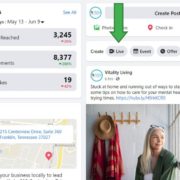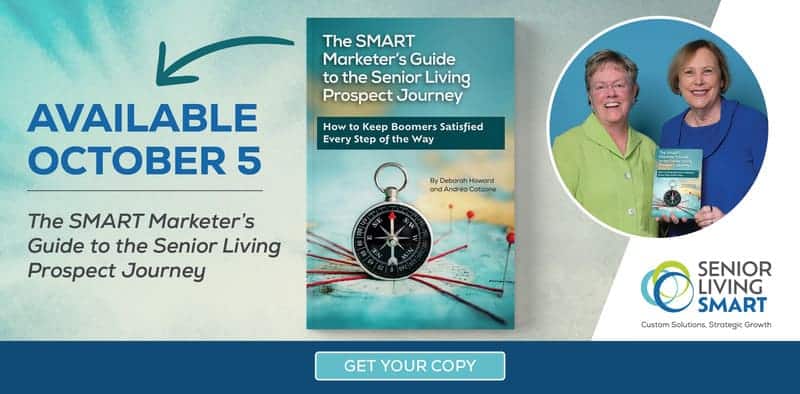Senior Living Advertising: The Formula for Pay-Per-Click Success
Senior living advertising, particularly pay-per-click (PPC) advertising, can be a great strategy to generate leads. Or it can be a complete waste of money.
The success of your PPC senior living advertising hinges on three things:
1. Developing a sound strategy
You need to target the right audience with a compelling message and/or offer. This involves understanding your ideal prospect. It also involves developing engaging content that appeals to your ideal prospect. Finally, it involves knowing the keywords your prospect is searching on.
Bottom line: Don’t bother with any sort of paid advertising until you’ve done your persona work. You need to know your ideal prospects inside and out before you can advertise to them online.
2. Having a senior living website optimized for conversions
You can spend a lot of money driving traffic to your website. But if your site isn’t built to convert visitors into leads, what’s the point?
An optimized senior living website will have the following:
- Clear navigation and an aesthetically pleasing design
- Easy “paths” for people to understand and follow
- Landing pages that get people to act
- Enticing calls-to-action (CTAs) that get people to click
- Valuable content that demonstrates your expertise and reflects your community’s brand
- Website forms that glean important intelligence for lead scoring
- Effective lead nurturing strategies through marketing automation
Bottom line: Don’t bother with pay-per-click advertising of any kind until you’ve done all of the above. Otherwise, you’ll just be wasting money.
3. Being realistic about your online advertising budget
Effective online advertising is marathon, not a sprint. Unlike a print ad that you run once a week or once a quarter, your online ads are something that will likely run daily for the long haul with a specific daily spend limit.
The dollars can add up quickly, too. For more competitive regions in the country, you’ll spend more. This is why it’s critical to have a sound strategy and a senior living website that’s poised to convert the leads that come in from paid ads. As noted earlier, this often involves creating special landing pages and content specifically for the prospects who come in from the pay-per-click advertising. (And this additional work will increase your advertising budget even more.)
Bottom line: When figuring out your budget, consider the lifetime value of a resident and work backwards on what you should target for a daily spend that will deliver the best ROI.
Should you work with a PPC firm on your senior living advertising?
It does make sense to work with a firm that has experience in developing, setting up, and monitoring online advertising for senior living communities. Pay attention to that last part. Having a firm with PPC expertise isn’t enough these days. Choose a firm that also understands senior living.












